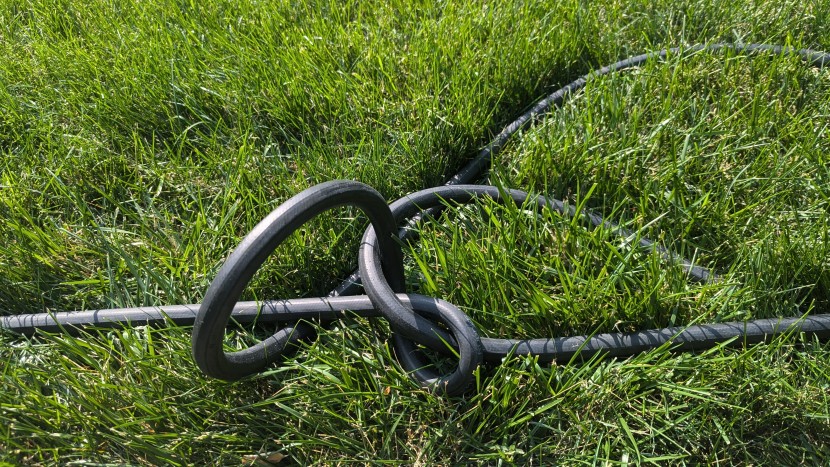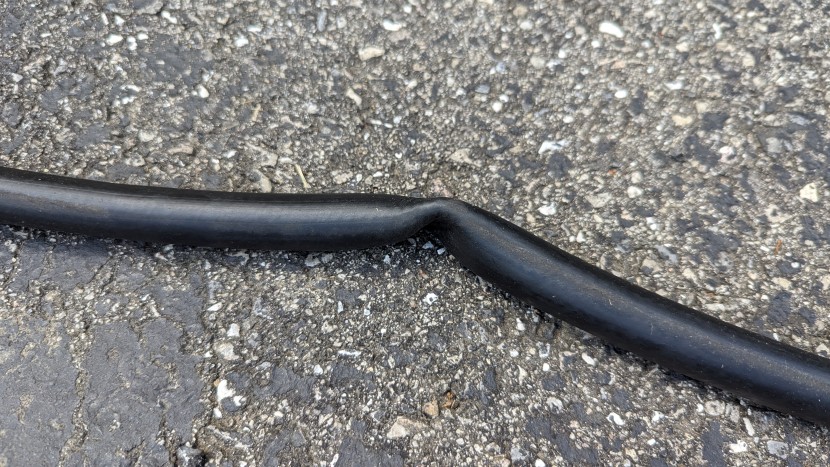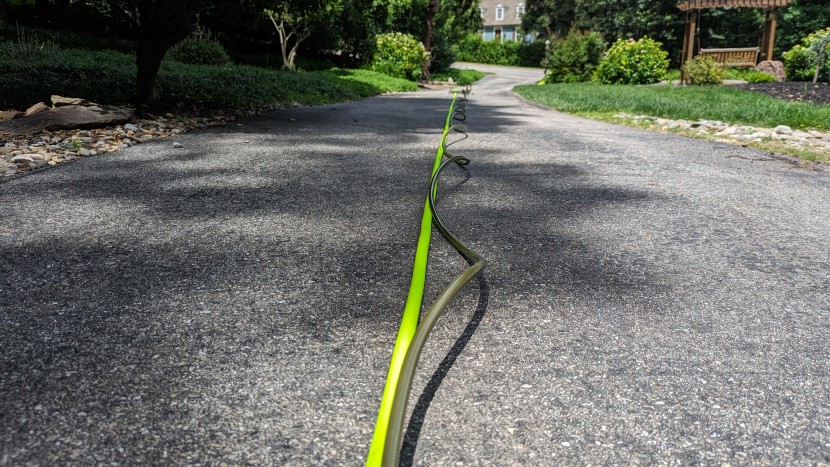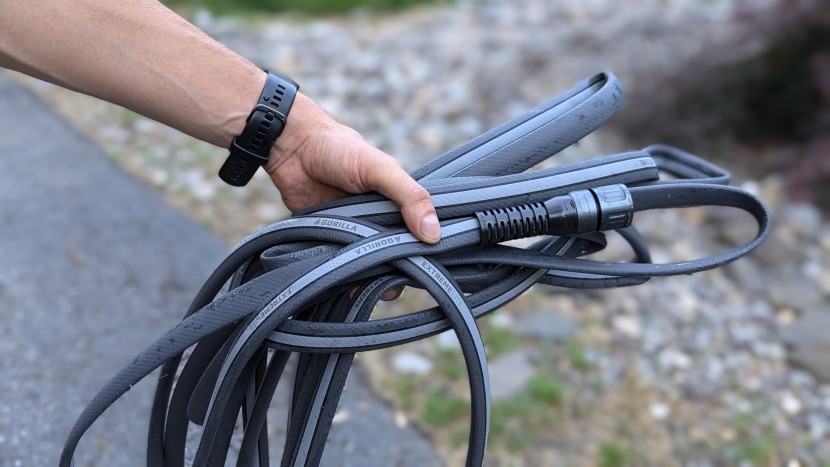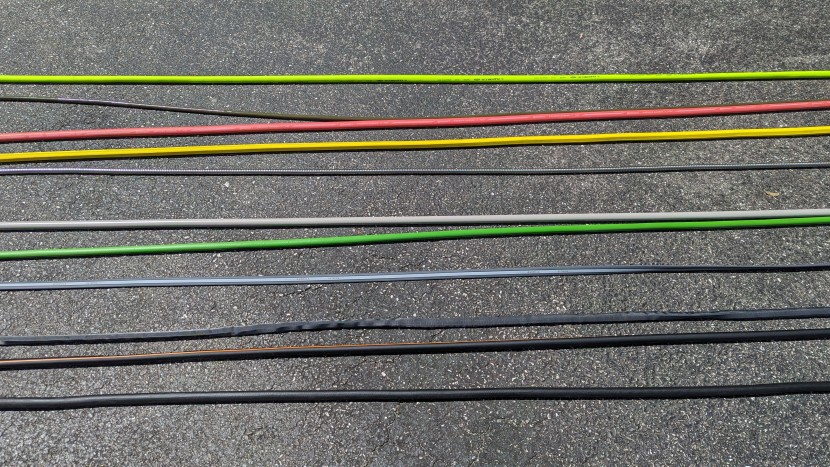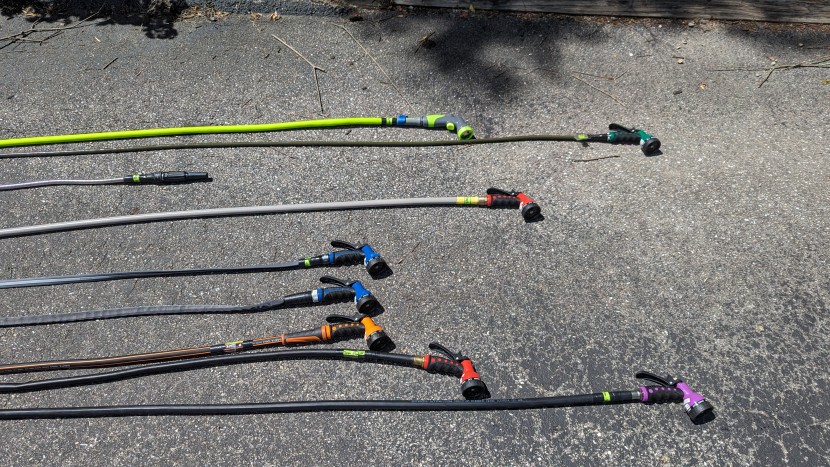Our garden hose testing spanned an entire summer to ensure that we were able to test each hose in a variety of scenarios in a variety of conditions. We considered all the important key factors when using a hose: the convenience and ease of use, how well it performs in a variety of scenarios, the different options available for each specific model, and the overall construction quality of each. We coiled and uncoiled, kinked and unkinked, screwed in, stretched out, and compared spray performance for each. We also thoroughly examined each over the course of our testing to see if they held up to the wear and tear of yard work. This review is the compilation of that work, our findings, and our experiences using each hose in our daily home yard work chores.
Testing Metrics
Our tests for each hose were categorized into four main groups. We developed a set list of repeatable tests and standard performance metrics that we looked for in each hose and measured their ability to accomplish them, as well as how pleasant each one was to use. We outline each of these metrics here.
Convenience
We consider the convenience or ease of use for hoses to be one of the most important factors, and we weighted it heavily at 35% of our overall score. In this metric, we did normal hose things with each and took detailed notes on how easy, convenient, or smooth it was to use.
While there aren't many data-driven ways to test this metric, by subsequently testing each model in our lineup, we were able to compare side by side the different options and develop an understanding of the strengths and weaknesses of each model. We first tested coiling and storing each hose, wrapping it in large loop coils and hanging it on a hose hook. We considered whether or not it twisted into loops or coiled easily and remained coiled. We also uncoiled each hose, both empty and full of water, noting whether it tended to get stuck, twisted, or kinked when uncoiling. Then, we proceeded to drag each hose through our gardens, around our cars, and through the grass to assess their flexibility and movement when in use. Higher marks were awarded to those that didn't impede our movement. Next, we considered how easily each hose was to connect to a spigot, another hose, or a nozzle. We noted whether connectors were easy to grasp, spun freely or twisted up the hose, or were unable to be snugly tightened around the attachment point. Lastly, we compared the weight per foot of each hose. Heavier hoses, especially when full of water, can be a lot more tiring to drag and carry around the yard.
Performance
While the convenience of an item is important, if it doesn't accomplish the jobs you need it to, then it isn't the right product for the job. We evaluated the performance of each hose as well and rated it equal to convenience at 35% of our total score. Since hoses are, at their core, relatively simple, we tested for leaks, coil memory, flat spots and kinking, and spray performance.
After unboxing each hose, we left them coiled for a week prior to unraveling. Then, we pulled them to their full length and examined how much memory the rubber retained of their prior shape. Next, we kinked each hose 100 times, bending it to its max and back. We then evaluated whether or not any marks were left afterwards. We did a similar experiment driving over the hoses with a car. We also noted any discrepancies in the spray performance of the hoses. Generally, narrower hoses had lesser spray volume. For hoses that included a nozzle, we evaluated the nozzle performance; for those that didn't, we tested them with a standard nozzle.
Construction Quality
Our last metric evaluated the construction quality of each hose and is weighted at 20% of the overall score. Since hoses go through a lot of use and abuse between being drug around and potentially left outside, this score is relatively important. We noted any defects caused by day-to-day usage, rust, or brittleness from exposure, and noteworthy user complaints about a particular feature or model.
Variety of Options
The right length of hose for one person is likely very different from another. Even the intended use for each hose is different. We preferred longer hoses for watering an extensive garden, but shorter options for washing our cars. We compared the different options each hose in our lineup is available in and weighted this metric at 10%.
For this metric, we compared manufacturer options for each hose model, noting the number of lengths and diameter options and whether a nozzle and valve were included on the hose.
Conclusion
Hoses are a necessary tool in every gardener and homeowner's toolbox. How easy they are to use and how well they do what you need them to do can streamline your experience or create a host of new problems to solve. Though they might sound like a simple product, design, material, and manufacturing nuances can have a profound impact on a hose's performance. We hope our rigorous testing of the best hoses on the market helps you make an informed decision on the right hose for your needs.



